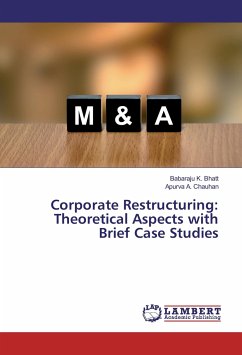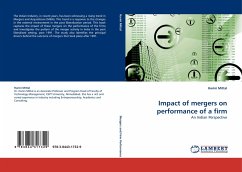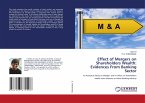Despite the increasing frequency of cross-border mergers and acquisitions, it is accepted that the rate of success in the post-merger phase remains poor; the main reason for this is widely accepted to be the unsuccessful cultural integration of the two firms involved. Driven by limited time to obtain results, managers from the headquarters (of the acquiring firm) seek to change the culture of the subsidiary (of the acquired firm); the imperatives of a strong culture lead them to persevere with the same narrow strategies and objectives. Though organizational culture has been widely studied in the M&A literature, there has been insufficient attention to important dynamic aspects of the process of integration. With the help of appropriate concepts of culture dynamics from anthropologists, formulates a description of the integration process.Subsequently, by simulating a mathematical model of this process (which explores the impact of two exogenous variables that characterize the context) we bring out the role of endogenous dynamics in determining the success of typical narrow strategies.
Bitte wählen Sie Ihr Anliegen aus.
Rechnungen
Retourenschein anfordern
Bestellstatus
Storno








